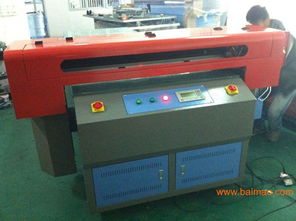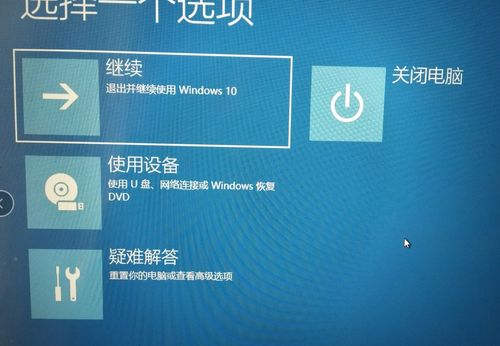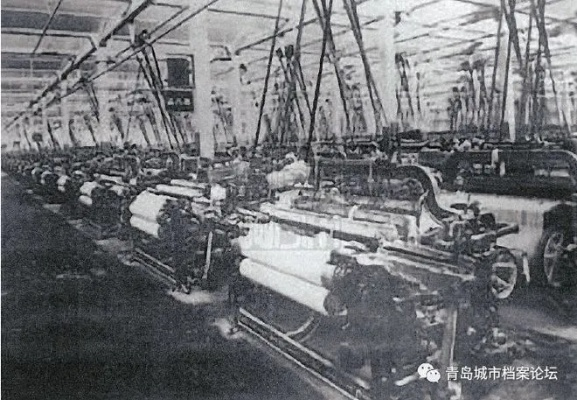A Comprehensive Guide to the Export Process for Textile Goods
: A Comprehensive Guide to the Export Process for Textile Goods,This comprehensive guide provides an in-depth understanding of the export process for textile goods, covering all aspects from preparation to completion. The guide begins by discussing the importance of understanding the export regulations and procedures specific to the destination country. It then delves into the various stages of the export process, including selecting the appropriate packaging materials, preparing invoices, and customs declarations. Additionally, the guide covers essential tips for ensuring successful shipments, including proper handling of fragile items, avoiding customs delays, and addressing potential issues during the inspection process. Finally, it provides a summary of key points and resources for further learning and reference. Overall, this guide aims to empower textile exporters with the knowledge they need to navigate the complexities of the export process successfully.
Introduction: Exporting textile goods is a complex process that involves multiple steps, from sourcing materials to finalizing customs clearance. This guide aims to provide a comprehensive overview of the export process for textile products, including essential information such as documentation requirements, shipping methods, and customs procedures. By following this guide, you can ensure a smooth and successful export journey for your textile goods.
Documentation Requirements: Before exporting textile goods, it is essential to have all necessary documents in order. Here are some key documents that are typically required:
-
Customs Invoice: The invoice must include detailed information about the goods being exported, including the quantity, value, and destination country. It should also specify any applicable taxes or duties that need to be paid.
-
Packing List: A packing list is an essential document that outlines the contents of each container and provides details on the weight and dimensions of each item. It should also indicate whether the goods require special handling or packaging.
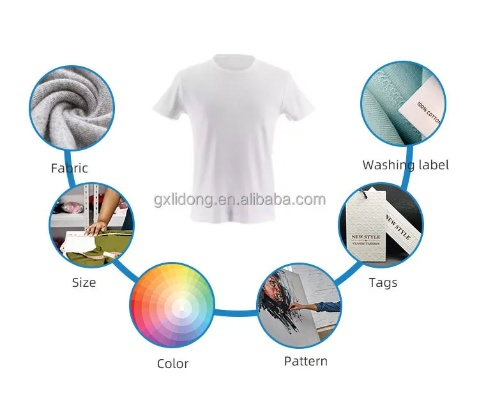
-
Certificate of Origin (COO): If the textile goods are sourced from a non-EU country, a COO is required to prove their origin and authenticity. This document must be issued by the country of origin and approved by the EU's authorities.
-
Export License: Some countries may require an export license to export textile goods to their territory. Check with your local customs office to determine if you need an export license and what documentation you will need to obtain one.
-
Insurance Policy: An insurance policy is essential to protect against potential losses during transportation. Make sure to choose an insurance policy that covers all risks associated with exporting textile goods.
Shipping Methods: Once you have all the necessary documents, you can proceed with the shipping method selection. Here are some common shipping methods for exporting textile goods:
-
Sea Freight: Sea freight is a cost-effective option for exporting textile goods. You can use online shipping services or contact a shipping company directly to arrange sea freight.
-
Air Freight: Air freight is faster than sea freight but more expensive. You can use air freight services like DHL or FedEx to transport textile goods to your destination country.
-
Express Delivery: Express delivery services like FedEx or UPS offer fast and reliable shipping options for urgent shipments. However, they are more expensive than regular shipping methods.
Customs Procedures: Upon arrival at your destination country, you will need to clear customs. Here are some important customs procedures to follow:
-
Clearance: Once you have cleared customs, you can release the goods for further processing.

-
Inspection: Customs officers will inspect the goods to ensure compliance with import regulations and any additional taxes or duties may be imposed.
-
Packaging: Customs officers will check the packaging of the goods to ensure they meet the required specifications. Any violations may result in additional fees or penalties.
-
Handling Permits: Depending on the destination country, you may need to obtain a handling permit before releasing the goods for customs clearance.
Conclusion: Exporting textile goods requires careful planning and attention to detail. By following this guide, you can ensure a smooth and successful export process. Remember to gather all necessary documentation, select the appropriate shipping method, and comply with customs procedures to avoid any delays or complications. With proper preparation, you can confidently export textile goods to your desired destination country.
纺织品出口流程是一个复杂且涉及多个环节的过程,从原材料采购到最终成品出口,每个环节都至关重要,本表格旨在详细描述纺织品出口的流程,并提供案例说明。
纺织品出口流程概述
原材料采购
| 步骤 | 描述 | 时间节点 |
|---|---|---|
| 原材料检验 | 对原材料进行质量、规格等检验 | 采购开始前 |
| 合同签订 | 与供应商签订出口合同 | 采购开始后 |
| 原材料入库 | 将原材料入库,确保符合出口标准 | 采购完成后 |
出口前准备
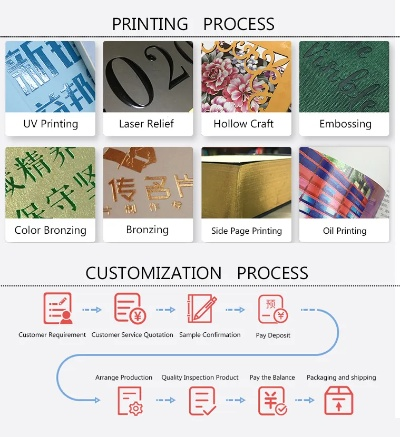
| 步骤 | 描述 | 时间节点 |
|---|---|---|
| 品质检验报告 | 对纺织品进行品质检验并出具报告 | 出货前 |
| 包装设计 | 设计纺织品包装方案 | 出货前 |
| 运输安排 | 安排运输方式、时间等 | 出货前 |
出运
| 步骤 | 描述 | 时间节点 | 相关单据/文件 |
|---|---|---|---|
| 出口报关单制作 | 根据出口合同和品质检验报告制作出口报关单 | 出货后,与物流公司合作完成 | 报关单、提单等文件 |
| 装运通知单发送 | 向收货方发送装运通知单,告知发货信息 | 出货后,根据物流信息安排发送 | 装运通知单、运单等文件 |
海关清关
| 步骤 | 描述 | 时间节点 | 相关单据/文件 |
|---|---|---|---|
| 海关申报材料准备 | 根据海关规定准备申报材料,如合同、品质检验报告等 | 清关开始前,根据海关要求准备齐全相关单据和文件 | 申报材料、相关单据等文件 |
| 清关审核通过后发货 | 清关审核通过后,安排发货至指定地点或港口 | 清关过程中,根据海关要求进行操作,确保符合海关规定 | 提单、清关单据等文件 |
成品检验与包装交付
| 步骤 | 描述 | 时间节点 | 相关单据/文件 | 目的与结果描述 |
|---|---|---|---|---|
| 质量检验报告出具与确认 | 对成品进行质量检验并出具报告,确认符合出口标准和质量要求 | 出货后一段时间内进行质量检验和确认,确保符合出口标准和质量要求,确认结果需与收货方确认。 | 质量检验报告、确认结果确认函等文件。 | 收货方确认合格后交付成品至客户手中,此环节确保了出口产品的质量和客户满意度。 |
案例说明:某纺织品出口流程案例分析
以某纺织品出口流程为例,我们可以看到其涉及多个环节和步骤,在具体的案例中,可能涉及到原材料采购、品质检验、包装设计、运输安排等多个环节,在每个环节中,都需要根据实际情况进行操作和安排,在原材料采购环节中,需要选择可靠的供应商,确保原材料的质量和规格符合出口标准,在品质检验环节中,需要对纺织品进行全面的质量检验,确保其符合出口标准和质量要求,在包装设计环节中,需要根据产品的特点和客户的需求进行包装设计,确保产品的外观和性能符合客户的要求,在运输安排环节中,需要根据产品的特点和运输方式选择合适的运输方式和时间,确保产品能够及时、安全地到达客户手中,通过这样的流程和案例说明,可以更好地理解和掌握纺织品出口的流程和要点。
总结与建议
纺织品出口流程是一个复杂而涉及多个环节的过程,需要从原材料采购到最终成品交付等多个环节进行操作和安排,在具体的流程中,需要遵循相关的标准和规定,确保产品的质量和客户满意度,还需要根据实际情况进行灵活调整和优化,提高出口效率和效益,建议企业在纺织品出口过程中,加强与供应商的合作和沟通,确保原材料的质量和规格符合出口标准;加强品质检验和质量控制,确保产品的质量和客户满意度;加强包装设计和运输安排,提高出口效率和效益,还需要加强风险管理,确保出口过程的安全和稳定。
Articles related to the knowledge points of this article:
Hainans Textile Industry Boosts Promotion with Price Incentives
Where to Find Fine Textiles in Huzhou A Comprehensive Guide
Discovering the Gem of Global Trade Locating Big Feng Textiles Building
